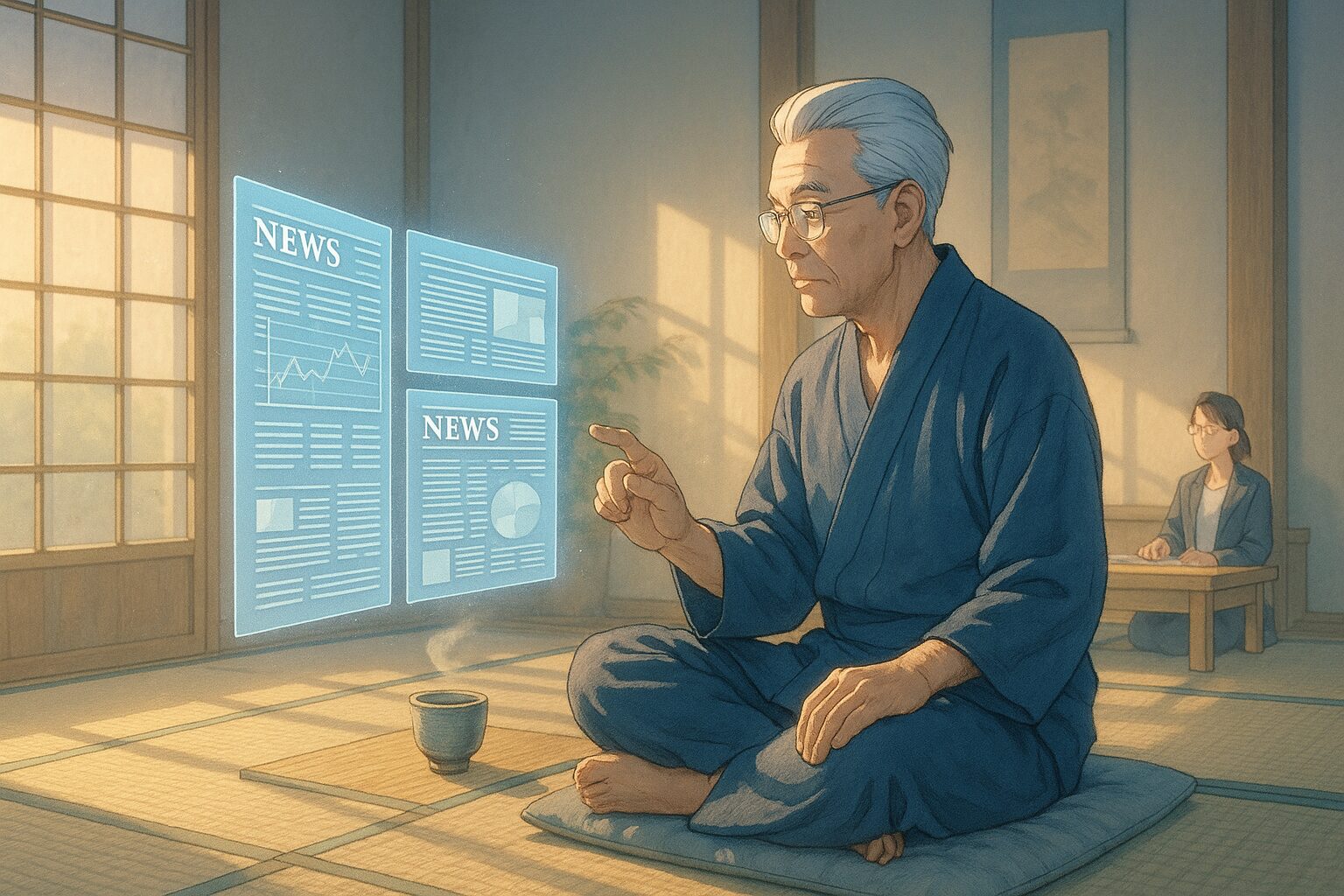What Will You Do in the Future Living on Mars?
Lead: The Indian Space Research Organisation (ISRO) announced plans to send humans to Mars and build habitats using 3D printing technology. This grand project aims to be realized within the next 40 years. If this trend continues, how will the world we live in change?
1. Today’s News
Source:
ISRO eyes Mars landing, building habitats over next four decades
Summary:
- India’s ISRO plans to land humans on Mars within the next 40 years.
- They intend to build habitable sites on Mars using 3D printing technology.
- This plan was formulated after national discussions.
2. Considering the Background
The idea of humanity advancing into space has been a long-held dream of scientists. Recent technological innovations are bringing this dream closer to reality. However, creating habitats beyond Earth requires vast resources and time. Not only technological advancements but also social support and international cooperation are essential. How will our lives change if this plan becomes a reality?
3. What Will the Future Look Like?
Hypothesis 1 (Neutral): A Future Where Space Migration Becomes Commonplace
If the Mars migration plan is successful and Mars establishes itself as a second Earth, then space migration may no longer seem extraordinary. Regular space travel could occur, and transitioning between Earth and Mars may become routine. This would likely expand international perspectives and relativize national borders and cultural differences on Earth.
Hypothesis 2 (Optimistic): A Future of Significant Advances in Space Technology
Through the Mars project, space technology may evolve dramatically, leading to advancements in exploring other planets and utilizing extraterrestrial resources. This could potentially resolve resource issues on Earth and achieve sustainable development. Humanity would pioneer new frontiers and find new values in the unknown worlds.
Hypothesis 3 (Pessimistic): A Future Where Earth’s Environmental Issues Worsen
On the other hand, there is a risk that the focus on space migration may sideline environmental issues on Earth. As the natural environment of Earth continues to deteriorate, more people might seek solutions in space, leading to diminished interest in preserving Earth. As a result, many living on Earth may face harsher living conditions.
4. Tips We Can Implement
Thinking Tips
- When considering the possibility of our living environment moving to space, let’s reaffirm the importance of protecting the Earth’s environment.
- Think about how daily choices impact future life on Earth and in space.
Small Practical Tips
- Be mindful of recycling and energy conservation, and strive to cherish Earth’s resources.
- Regularly check news and advancements about space and update your knowledge.
5. What Will You Choose?
- Will you consider the possibility of migrating to Mars and envision a future of life beyond Earth?
- Will you prioritize protecting the Earth and pursue sustainable living on our planet?
- Will you focus on observing the development of space technology and broadening future choices?
What kind of future did you envision? Please share with us through social media quotes or comments.









